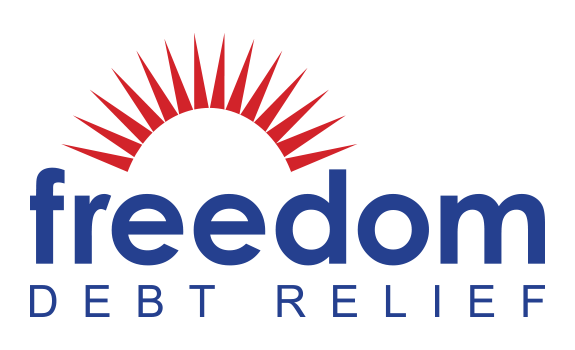
Newsroom
Economic Data: Recent Interest Rate Hike Ups Concern for Consumers
June 29, 2017
SAN MATEO, CALIF. (PRWEB) JUNE 29, 2017
The total amount of debt consumers owe continues to rise even as more people are employed and personal income increases. Given the heavier consumer debt load, the recently announced interest rate hike threatens to create a “debt crunch” for American consumers, according to the Freedom Debt Relief Quarterly Comment on consumer debt and credit issues.
U.S. employment is strong, with the unemployment rate hitting its lowest point in years. The fewest people in a decade are underemployed or “discouraged workers,” meaning they have completely given up the search for work. However, these figures may not reflect federal immigration and visa policies that affect the numbers of seasonal foreign workers who are often hired for agricultural and tourism work.
While the employment picture is positive, the debt situation is concerning. Since February, total consumer debt (excluding mortgages) has risen each month. Moreover, from the first quarter of 2016 to the first quarter of 2017, that figure increased almost $56 billion, a 5 percent rise.
With the Federal Reserve’s recent rate hike – and expected future increases – the cost of that debt will be going up. “Although this takes place at a time when more Americans are working, consumers may be setting themselves up for future challenges if the economy weakens,” Fox explains.
As the average interest rate on credit cards inches closer to 20 percent, interest charges for the average consumer will increase. To put that in perspective, the Fed’s quarter-point interest rate increase in March means that consumers will pay, in aggregate, approximately $1.6 billion dollars more in finance charges during 2017, according to a WalletHub analysis.
“We are in an environment where people with increasing credit card debt may start feeling the impact of higher rates. For those who start falling behind on any bill, a downward spiral can ensue,” he says. “Late and missed payments hurt credit scores. The lower your scores, the higher the interest rate you will pay on credit cards and new loans, such as those for vehicles and home mortgages.”
People who are worried about the effect of these changes on their cost of credit have several options, says Fox. Higher wages are a natural place to turn to repay debt, he explains, but wages are stagnating versus growing at present. “That leaves people tightening their belts,” he says. “When the budget does not allow for repayment of a debt, especially one with a higher interest rate, people may need to consider options such as a personal consolidation loan or debt negotiation.”
Recently Released Financial Data
The FFN Quarterly Comment provides input and comments on several economic indicators in its work to help consumers get out and stay out of debt. Recent financial data as reported:
1. Consumer debt continues to grow. In April (the most recent data available), total outstanding consumer credit rose at an annual rate of 2.6 percent to a projected $3.821 trillion, excluding mortgage debt. Revolving credit (primarily credit card debt) rose $1.5 billion from the previous month – an annual rate of 1.8 percent. Non-revolving debt (debt for items such as vehicles and education, as well as unsecured installment loans) increased $6.6 billion, an annual rate of 2.9 percent.
2. Personal income climbs again. In April (the most recent data available), personal income increased by $58.4 billion, or 0.4 percent – a level comparable to increases in recent months. Disposable personal income increased by 0.4 percent, or $56.5 billion. Personal spending also rose by 0.4 percent – double January’s modest increase.
3. Savings stay steady. In April (the most recent data available), consumers saved 5.3 percent of their personal disposable income – a total of $759.1 billion. This rate remains comparable to the personal savings rate for 2016.
4. Unemployment level declines. The U.S. unemployment rate for May was 4.3 percent, half a percent lower than in January. In the past four months, an additional 774,000 Americans have become employed. Approximately 1.7 million people are long-term unemployed (jobless for 27 weeks or more) – a drop of nearly 1 million since January. Another 1.5 million people are “marginally attached” to the labor force, down 238,000 since one year ago. Marginally attached workers want to work and have searched for work during the past year, but have not done so during the past four weeks. The number of discouraged workers – people who have abandoned the search for work because they believe no opportunities exist for them – has dropped by one-third, from 500,000 in January to 335,000 in May. That number is the lowest since 2007.

